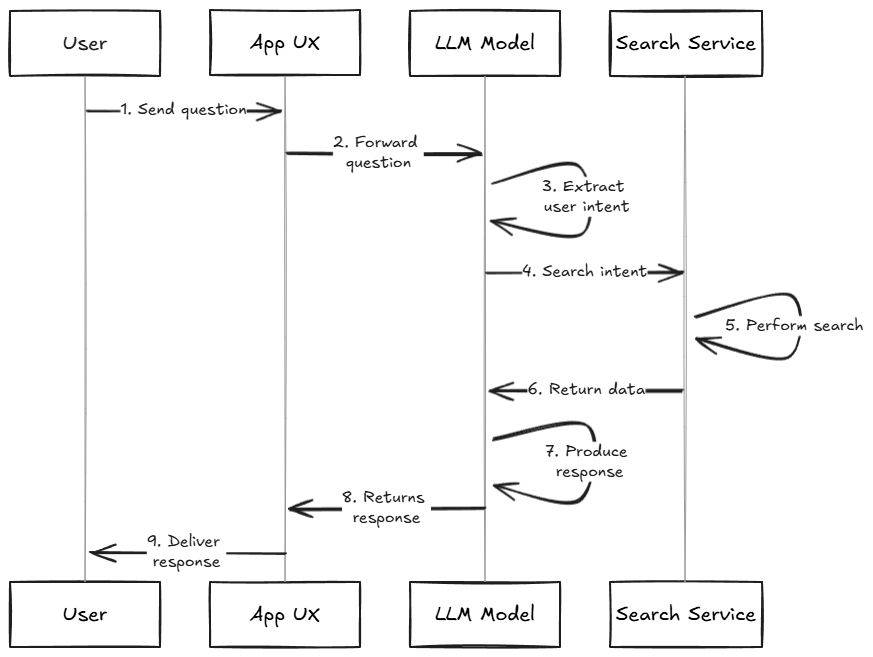Data Privacy Challenges in Cloud Environments
With more businesses moving to the cloud, it’s clear that cloud environments are becoming the go-to choice for storing and managing data. But as convenient as the cloud is, one thing that’s always top of mind is data privacy. When your sensitive data lives off-premises, the chances of unauthorized access and data breaches naturally go up. It’s like putting your valuables in a shared safe; you trust it’ll be secure, but you can’t ignore the risks. In this blog, we’ll explore the core data privacy concerns in the cloud and share practical strategies to tackle them head-on. Common Data Privacy Challenges in Cloud Environments and How to Address Them As businesses rapidly migrate to cloud environments, safeguarding sensitive data becomes increasingly complex. Data privacy concerns are now top priorities for organizations leveraging cloud infrastructure, and understanding the challenges is key to addressing them effectively. 1. Data Breaches and Unauthorized Access Cloud platforms, while flexible and scalable, are not immune to data breaches. These breaches commonly occur due to weak access controls, phishing attacks, or compromised credentials. For example, misconfigured APIs or exposed cloud storage services can allow unauthorized access to sensitive information. Solution: Deploy multi-factor authentication (MFA) to create multiple layers of security beyond passwords. Adopt role-based access control (RBAC) to ensure that only authorized users can access sensitive data. Enforce the least privilege principle, giving users the minimum necessary access to perform their tasks. Regularly audit and review access permissions to ensure no outdated or excessive permissions remain active. 2. Data Residency and Compliance Cloud data often moves across different regions and jurisdictions, raising concerns around compliance with regulations such as GDPR (Europe) or CCPA (California). Data residency requirements demand that personal information stays within specific geographic boundaries, adding complexity to cloud adoption for global organizations. Solution: Choose cloud providers that support data residency and sovereignty options, ensuring control over where your data is stored and processed. Leverage built-in compliance tools and certifications from cloud vendors, such as ISO/IEC 27001, HIPAA, or PCI DSS, to meet regulatory obligations. Implement data anonymization or pseudonymization techniques where possible to reduce the privacy risks related to cross-border data transfers. [ Good Read: What Is SRE Support? ] 3. Data Encryption and Encryption Key Management While encryption is a fundamental practice to protect data, managing encryption keys across multiple environments can be complex and challenging. In cloud environments, businesses need to ensure that both data at rest and in transit are encrypted and that keys are securely stored and rotated. Solution: Ensure end-to-end encryption, so sensitive data is always protected, even when transmitted between servers. Use Hardware Security Modules (HSMs) or cloud-native key management services to securely generate, store, and rotate encryption keys. Implement automatic key rotation policies to periodically refresh encryption keys, reducing the likelihood of keys being compromised. Consider Bring Your Own Key (BYOK) or Hold Your Own Key (HYOK) services from cloud providers, allowing you to retain control over encryption keys. 4. Data Visibility and Control Organizations often struggle with the lack of visibility into how and where their data is stored and processed by cloud providers. Shared responsibility models mean cloud providers manage infrastructure, while businesses retain control over data security. However, this arrangement can lead to gaps in monitoring and a lack of transparency. Solution: Utilize Security Information and Event Management (SIEM) solutions to gain real-time visibility into how data is accessed and handled within cloud environments. Implement Cloud Access Security Brokers (CASBs) to provide an additional layer of visibility and control over data stored in the cloud. Employ data flow mapping to track where sensitive data is located, how it moves through cloud environments, and who has access to it. Automate anomaly detection systems that flag unusual access patterns or data flows, ensuring rapid response to potential security threats. You can check more info about: Data Privacy Challenges in Cloud Environments. Generative AI services. Data Warehousing Solutions. DevSecOps Platform. DevOps Services.

With more businesses moving to the cloud, it’s clear that cloud environments are becoming the go-to choice for storing and managing data.
But as convenient as the cloud is, one thing that’s always top of mind is data privacy.
When your sensitive data lives off-premises, the chances of unauthorized access and data breaches naturally go up. It’s like putting your valuables in a shared safe; you trust it’ll be secure, but you can’t ignore the risks.
In this blog, we’ll explore the core data privacy concerns in the cloud and share practical strategies to tackle them head-on.
Common Data Privacy Challenges in Cloud Environments and How to Address Them
As businesses rapidly migrate to cloud environments, safeguarding sensitive data becomes increasingly complex. Data privacy concerns are now top priorities for organizations leveraging cloud infrastructure, and understanding the challenges is key to addressing them effectively.
1. Data Breaches and Unauthorized Access
Cloud platforms, while flexible and scalable, are not immune to data breaches. These breaches commonly occur due to weak access controls, phishing attacks, or compromised credentials. For example, misconfigured APIs or exposed cloud storage services can allow unauthorized access to sensitive information.
Solution:
- Deploy multi-factor authentication (MFA) to create multiple layers of security beyond passwords.
- Adopt role-based access control (RBAC) to ensure that only authorized users can access sensitive data.
- Enforce the least privilege principle, giving users the minimum necessary access to perform their tasks.
- Regularly audit and review access permissions to ensure no outdated or excessive permissions remain active.
2. Data Residency and Compliance
Cloud data often moves across different regions and jurisdictions, raising concerns around compliance with regulations such as GDPR (Europe) or CCPA (California). Data residency requirements demand that personal information stays within specific geographic boundaries, adding complexity to cloud adoption for global organizations.
Solution:
Choose cloud providers that support data residency and sovereignty options, ensuring control over where your data is stored and processed.
Leverage built-in compliance tools and certifications from cloud vendors, such as ISO/IEC 27001, HIPAA, or PCI DSS, to meet regulatory obligations.
Implement data anonymization or pseudonymization techniques where possible to reduce the privacy risks related to cross-border data transfers.
[ Good Read: What Is SRE Support? ]
3. Data Encryption and Encryption Key Management
While encryption is a fundamental practice to protect data, managing encryption keys across multiple environments can be complex and challenging. In cloud environments, businesses need to ensure that both data at rest and in transit are encrypted and that keys are securely stored and rotated.
Solution:
Ensure end-to-end encryption, so sensitive data is always protected, even when transmitted between servers.
Use Hardware Security Modules (HSMs) or cloud-native key management services to securely generate, store, and rotate encryption keys.
Implement automatic key rotation policies to periodically refresh encryption keys, reducing the likelihood of keys being compromised.
Consider Bring Your Own Key (BYOK) or Hold Your Own Key (HYOK) services from cloud providers, allowing you to retain control over encryption keys.
4. Data Visibility and Control
Organizations often struggle with the lack of visibility into how and where their data is stored and processed by cloud providers. Shared responsibility models mean cloud providers manage infrastructure, while businesses retain control over data security. However, this arrangement can lead to gaps in monitoring and a lack of transparency.
Solution:
Utilize Security Information and Event Management (SIEM) solutions to gain real-time visibility into how data is accessed and handled within cloud environments.
Implement Cloud Access Security Brokers (CASBs) to provide an additional layer of visibility and control over data stored in the cloud.
Employ data flow mapping to track where sensitive data is located, how it moves through cloud environments, and who has access to it.
Automate anomaly detection systems that flag unusual access patterns or data flows, ensuring rapid response to potential security threats.
You can check more info about: Data Privacy Challenges in Cloud Environments.

















